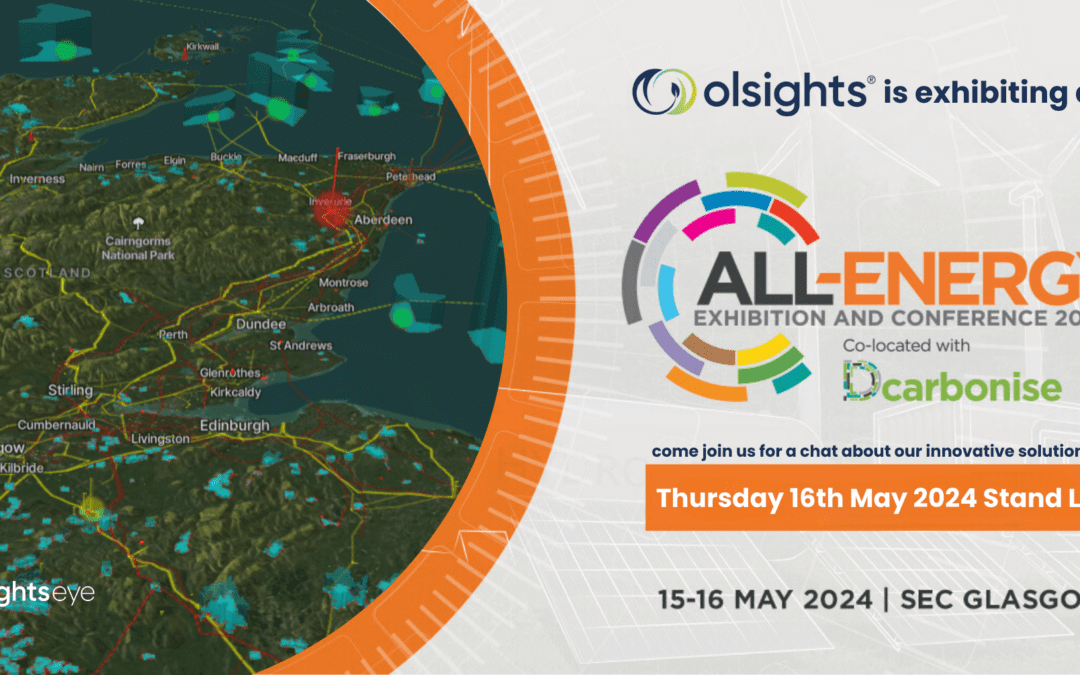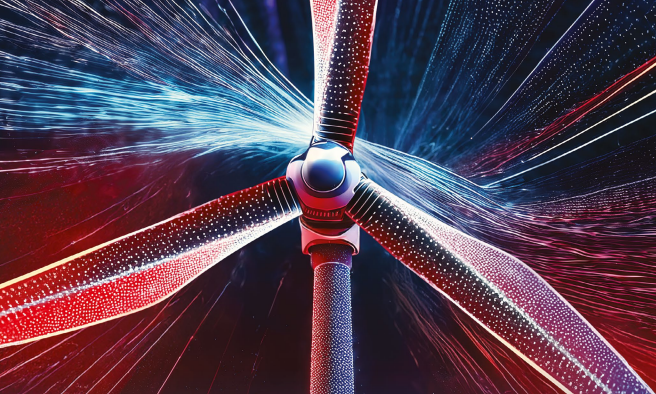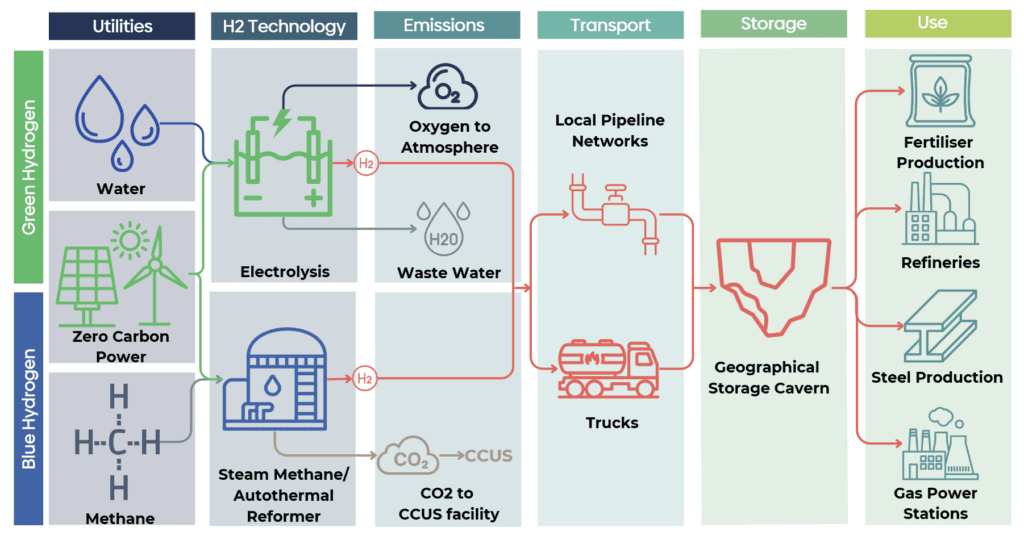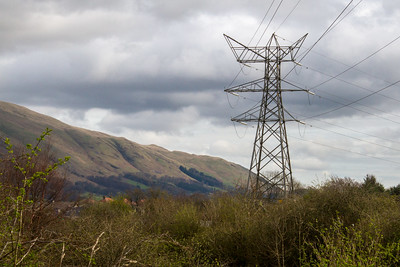All Energy Scotland
A few summary insights on today’s energy transition landscape in Scotland, to coincide with All Energy 2024 which is being held today and tomorrow in Glasgow:
Grid Connection Queue
Scotland currently has 12.6 GW of generation capacity (11.7 GW of pure generation, and 0.9 GW of storage) connected to the transmission grid. The Transmission Entry Capacity (TEC) Register shows that if every scheme with an accepted grid connection is built, by 2030 Scotland would have ~75GW of connected capacity, and ~134GW before 2040. The 122 GW of accepted new grid connections is almost 10 times the current connected capacity. That is a big growth overall, however the 67 GW of agreed connection capacity for Energy Storage is over 70 times the current connected capacity for Energy Storage! What’s staggering is that the transmission queue is showing that most of the connected capacity build-up would happen by 2033 – i.e. 9 years from now (with no new connections currently shown after 2037). It is difficult to assess which of these schemes will become real, and which will not.

The growth of agreed transmission connection capacity across Scotland’s two transmission owner networks. (credit: Olsights).
Wind power
There is a lot of wind in Scotland! The big story is offshore wind, with 45.7 GW (20.7 GW fixed and 18.8 GW floating, with a little ‘mixed’) in the pipeline. But the amount of onshore wind is also significant, with 24.7 GW of onshore wind currently in the pipeline (9GW in operation, 1.8 GW in the process of being delivered and another 14 GW in various stages of planning). The 70 GW or so of combined wind capacity in and around Scotland represents thousands of large turbines – but still has plenty of challenges to overcome with planning the grid infrastructure and storage mechanisms to keep power flowing during ‘low wind years’.

The distribution of wind farms in and around Scotland. Large areas of both offshore marine and onshore land are being used to harness the rough weather around Scotland. (credit: Olsights).
Solar power
The amount of utility solar PV capacity in the pipeline in Scotland (which is not a place known for being entirely sunny) is around 3.1 GW of, with around half of this currently installed, or in construction. For context, that is in the order of a tenth of typical daytime entire UK power demand. The shape of distribution of these solar farms in Scotland is interesting and on initial inspection suggests flat sunny land – which likely also makes these areas the best agricultural land and would pose a competition for agricultural use. Aberdeenshire – in Scotland’s northeast which faces the fierce North Sea – has by itself a solar PV capacity of 690 MW across 47 solar farms. Scotland’s solar capacity (installed + planned) is around 50% greater than that of Wales which has the advantage of higher irradiance.

The distribution of solar farms across Scotland’s geography. The shape of distribution of these solar farms in Scotland suggests flat sunny land – which likely also makes these areas the best agricultural land and would pose a competition for agricultural use. (credit: Olsights).
Power Storage
The planning system shows about 14.2 GW of new power storage schemes in the pipeline for Scotland: About 11.2 GW of this capacity is battery projects, with just under 3 GW of pumped hydro planned. Intermittent wind generation will require a lot of storage capacity to make this work – but is this enough? The TEC Register shows a slightly different picture, with around 67 GW of new storage capacity of various types with accepted grid connections across the two Scottish Transmission Owners. Most of this higher number is made up of storage that is included as part of generation schemes, however for pumped hydro storage alone it shows 8.3 GW of new connection capacity.
Carbon Capture
There are 10 known carbon capture sites in Scotland, with a combined capacity of 6.5 M te/yr CO2 by 2050. The bulk 3.8 M te/yr of this is at the Track 2 Acorn Development which is planned to combine captured CO2 from the Peterhead and St. Fergus area (Aberdeenshire). Some of this capacity has advanced to FEED but most has not. Carbon capture, transport and storage is a technically and commercially complex venture fraught with challenges, and what’s interesting is that Peterhead’s captured carbon will come from a newbuild gas-fired power station fitted with capture plant, rather than capturing from the existing 1.5 M te/yr or so of power station emission.
Hydrogen
In Scotland, 52 hydrogen developments are in the pipeline, totalling 7.8 GW of capacity. Only about 6.7 GW of this is electrolytic ‘green’ hydrogen, and only about 5.6 GW of these are onshore. Of the 4.6 GW of onshore green hydrogen development capacity, around two thirds of this capacity is currently in advanced development/ FEED, and around a third is in early concept planning. Less than 10MW (around 0.1% of pipeline capacity) has so far reached Final Investment Decision (FID). It is currently expected that this capacity buildup will be in place by 2030, which may seem optimistic considering the evolving commercial landscape. There is not much opportunity for geological storage of hydrogen in Scotland – most of this is considered to be in and around England.
Water
Even in Scotland, water is not always abundant or available for large industrial users all the time. Water is precious, and in some places will be a limiting factor for energy processes that need it. Like hydrogen. Water withdrawal rates for electrolytic hydrogen are reported by environmental agencies to be up to 40 litres/ kg H2, where water is also used for cooling instead of air cooling (to reduce fan noise). So a 100MW (~61 tonnes/day) hydrogen plant requires about 2400 m3/d. Even if this water is available a lot of the time, it may not be available ALL of the time. Summers are getting hotter, and there are areas of Scotland with increasing levels of water stress/ drought risk & water curtailment.
Summary
There’s a lot in the pipeline for Scotland! As well as the large numbers of developments in the planning process and connecting to the energy networks, a lot of these systems are interconnected and the picture is very dynamic and difficult to make sense of. All of this requires the combined skills and cooperation of a large diversity of people to make work, and getting it right is a generational challenge. Contact us for tools on how to join the dots and draw your own insights on the fluid energy transition landscape across time and space.
Data sources:
- MapStand Ltd compiled from various open sources. (National Grid ESO, 2024): https://app.mapstand.com/
- Transmission Entry Capacity (TEC) Register (National Grid ESO, 2024): https://www.irena.org/Publications/2023/Dec/Water-for-hydrogen-production
- Water for Hydrogen Production (IRENA, 2023): https://www.irena.org/Publications/2023/Dec/Water-for-hydrogen-production
- Feasibility Study Into Water Requirement for Hydrogen Production (SGN & Scottish Water, 2022): https://smarter.energynetworks.org/projects/nia2_sgn0014/
- UK Centre for Ecology & Hydrology https://eip.ceh.ac.uk/hydrology/water-resources/







